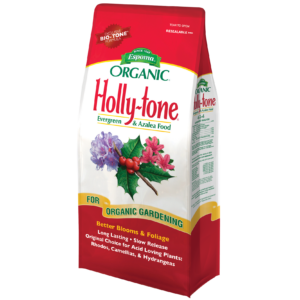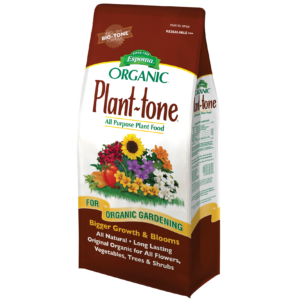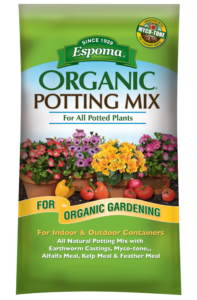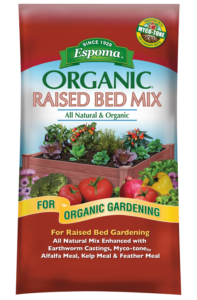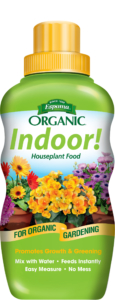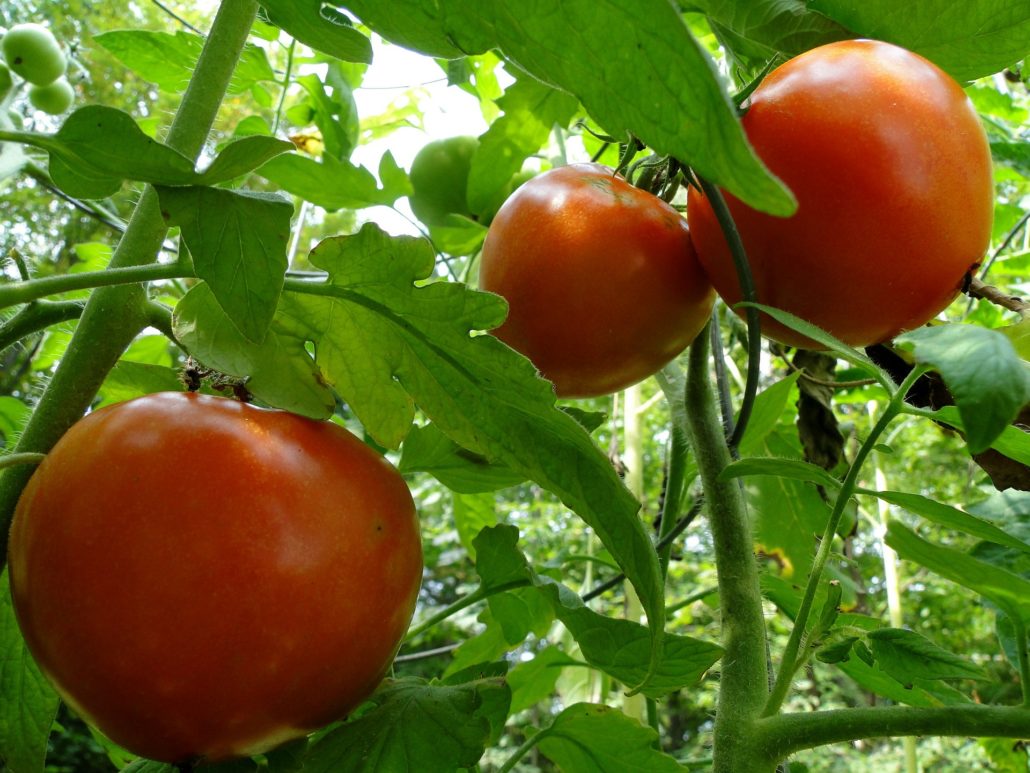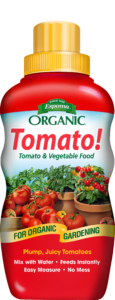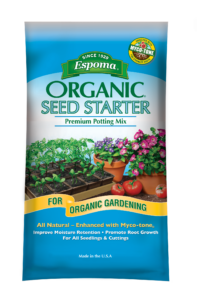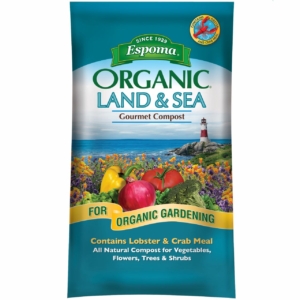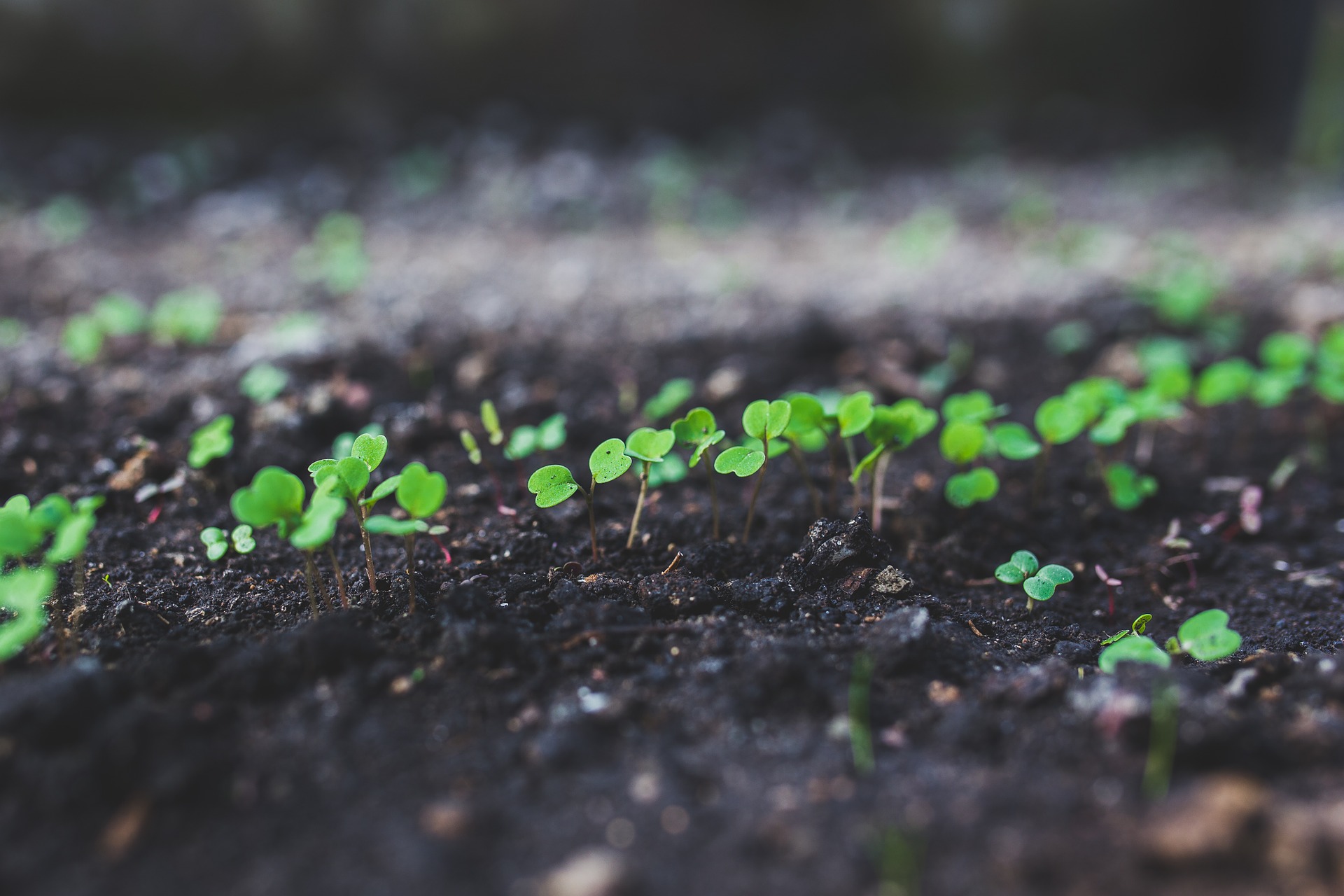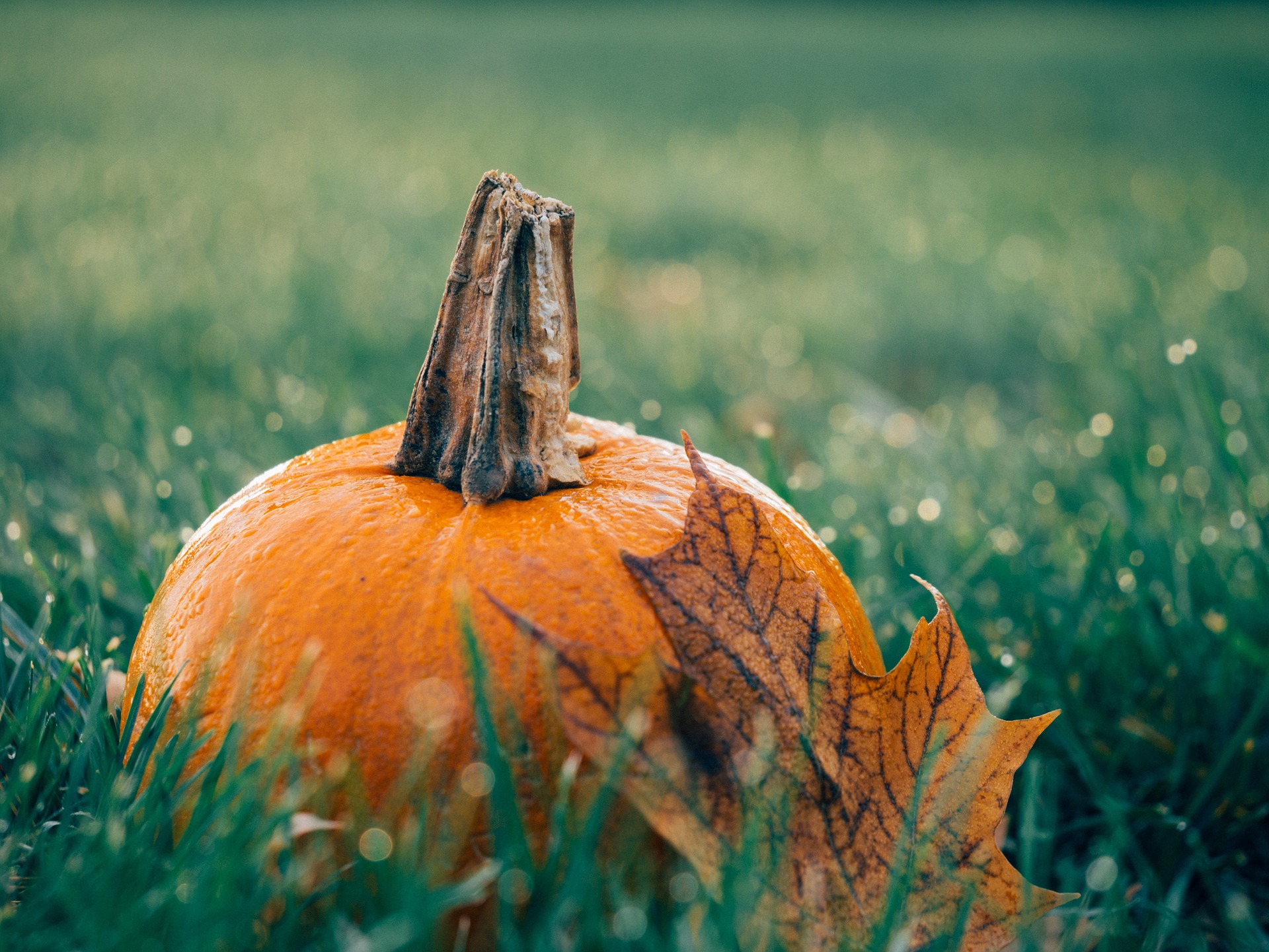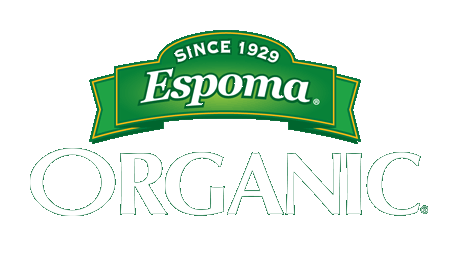Fall is for Planting: Trees
The best time to plant a tree or shrub is in the fall. A well-placed tree will cool your home in summer and block cold winter winds. Not to mention that the aesthetics can increase your home’s curb appeal and add value.
Even though you may be prepping for winter, you can still set your new tree or shrub up for success by planting it in a spot where it can thrive for generations to come.
Decide on the right tree for your yard and needs before you plant. Choose a tree based on the characteristics you want — shade, wildlife habitat, privacy or to block the wind. Check out the below six steps from Hillermann Nursery and Florist to start planting this fall.
6 Easy Steps to Plant a Tree or Shrub
You’ve found the right tree and the perfect spot, now it’s time for the fun part. It doesn’t take much to plant a tree — just a shovel, tape measure and hose. To help your new tree survive, you’ll need to put in extra effort. Use these tips to help your new tree to grow.
- Size up your yard for the perfect spot. Take the amount of sunlight, ground vegetation and hazards like wires or pipes into consideration. Plant at least 15 feet away from your house, sidewalks, driveways and other trees. Allocate enough space in the yard for your new tree to grow. Consider its mature height, crown spread, and root space. A fully grown tree will take up much more space than your tiny sapling. Look up to make sure a fully grown tree won’t interfere with anything overhead.
- Start digging. Dig a hole twice as wide and the same depth as the root ball. Then, arrange the tree at the same depth it was growing before and fill half the hole with compost or Espoma Organic All Purpose Garden Soil.
- Give trees a boost. Mix in an organic fertilizer such as Bio-tone Starter Plus with the soil. For a trunk diameter up to 1.5 inches, use 4 pounds of Tree-tone. If the trunk is 2-3”, use 4 pounds of Tree-tone per inch. So, if your tree trunk is 2.5 inches, use 10 pounds of Tree-tone. And, for tree trunks over 3 inches, use 5 pounds of Espoma Tree-Tone per inch.
- Stake the tree. Use two opposing, flexible ties to stake the tree. Place ties on the lower half of the tree to allow trunk movement.
- Help your new tree become established by watering it weekly for the first two years.
- Finish with mulch. Use 2 ½ -3 inches of shredded hardwood or leaf mulch around the plant. Do not over mulch up to the trunk or “volcano” mulch. This can kill the tree.
Planting a tree is an investment in your home and your community that will pay off for years to come. To learn about fertilizing established trees, watch this Garden Answer video.


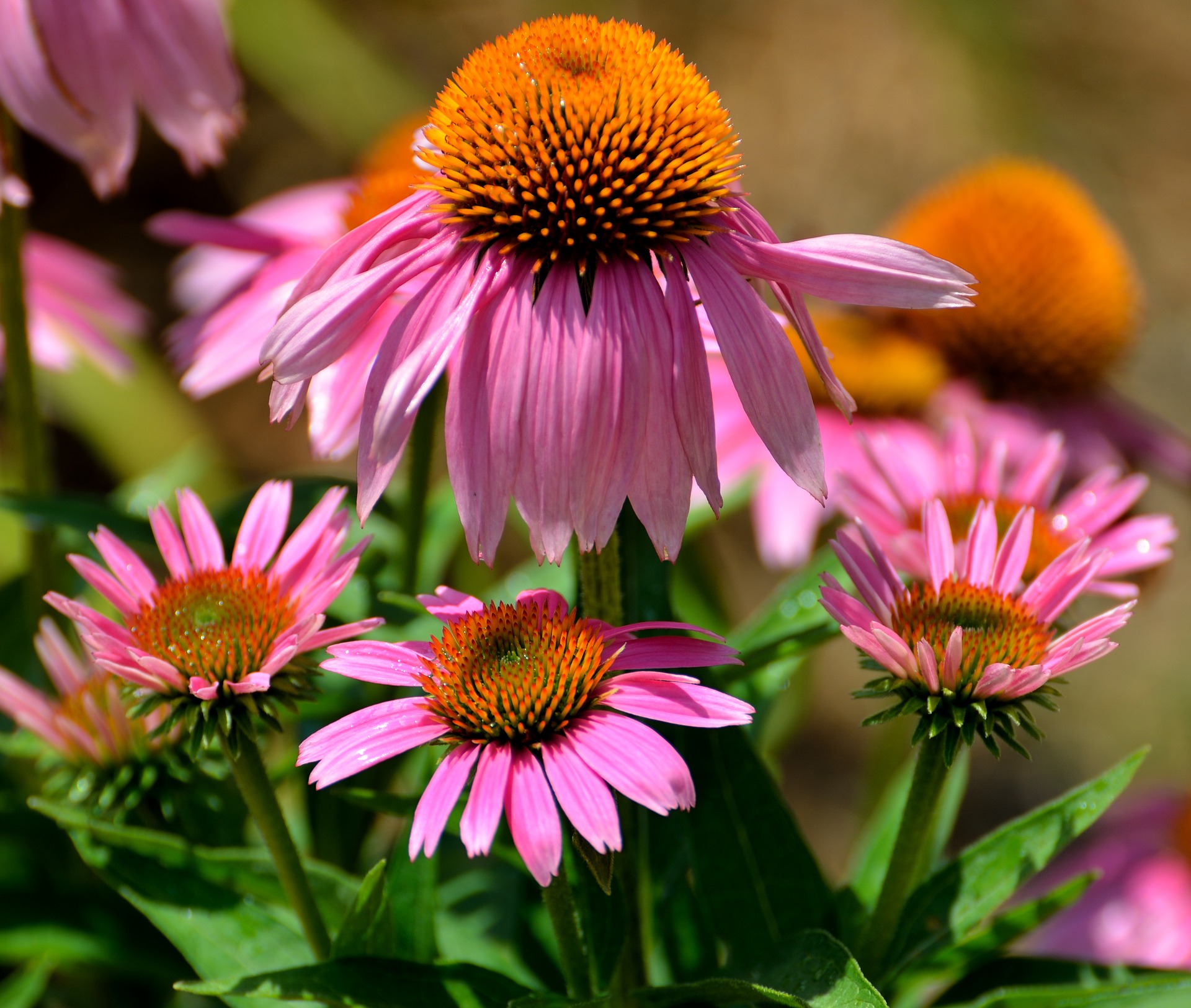

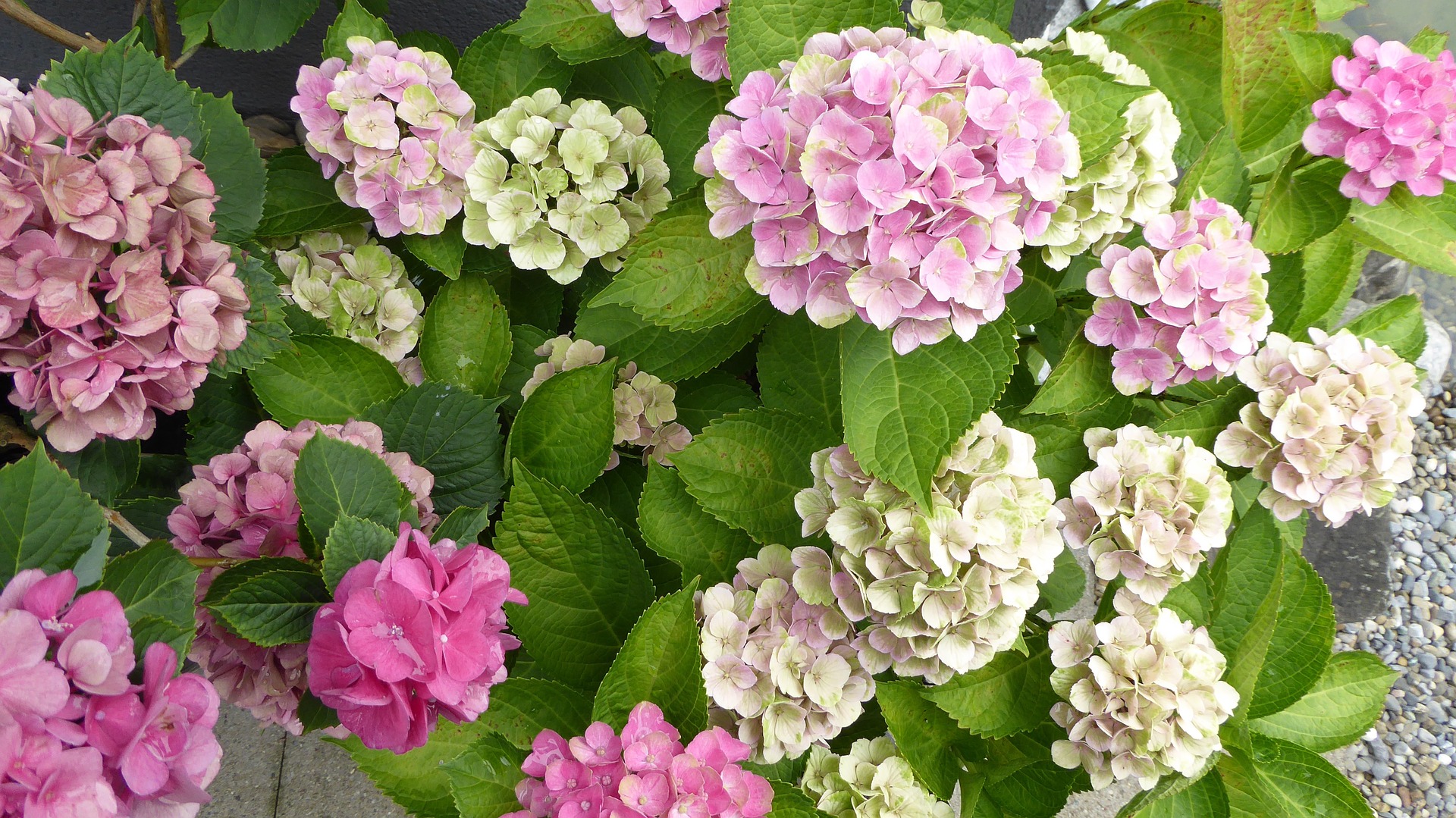
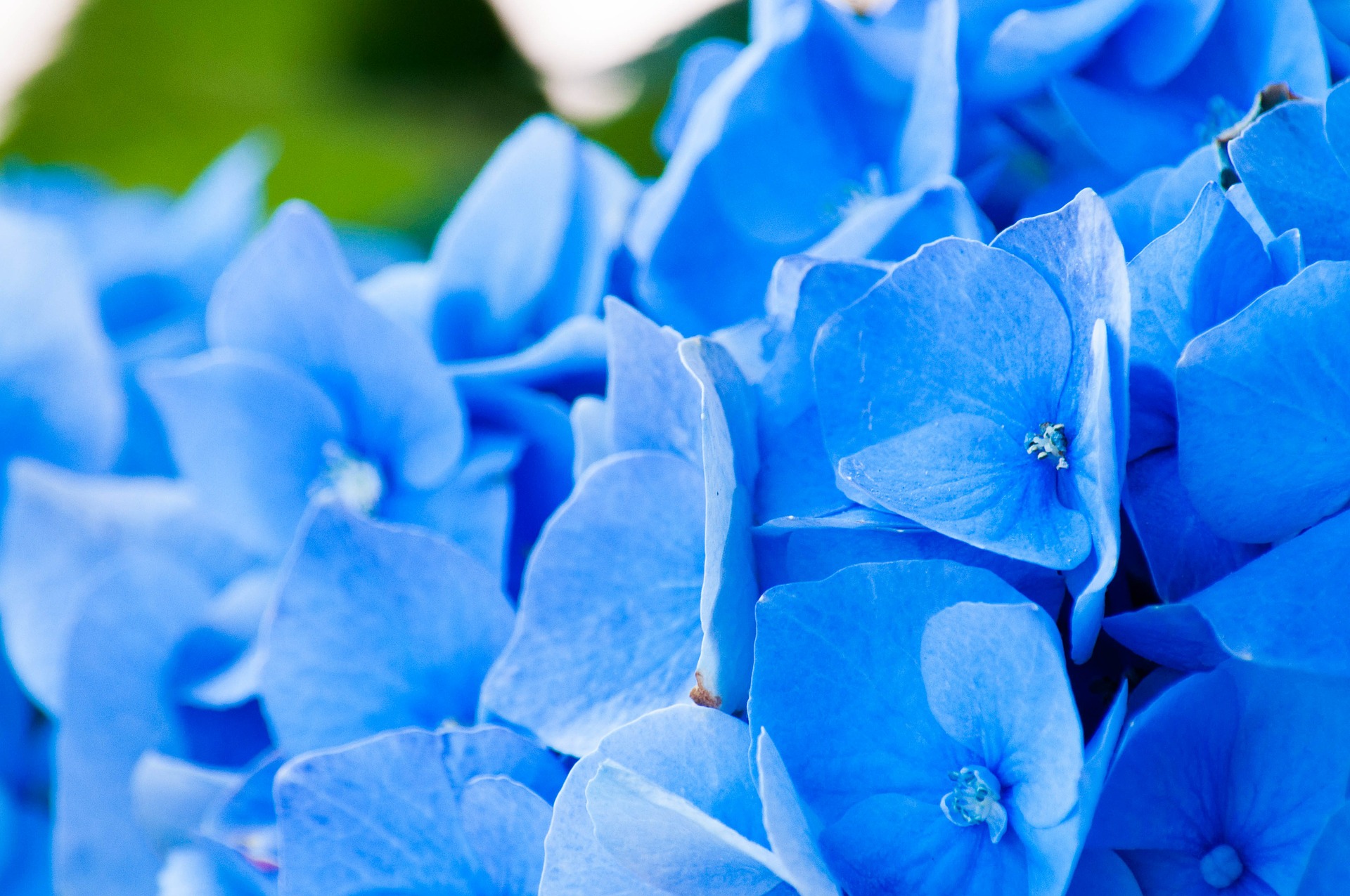
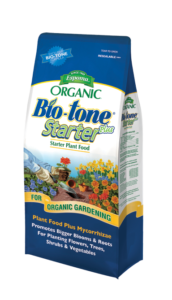

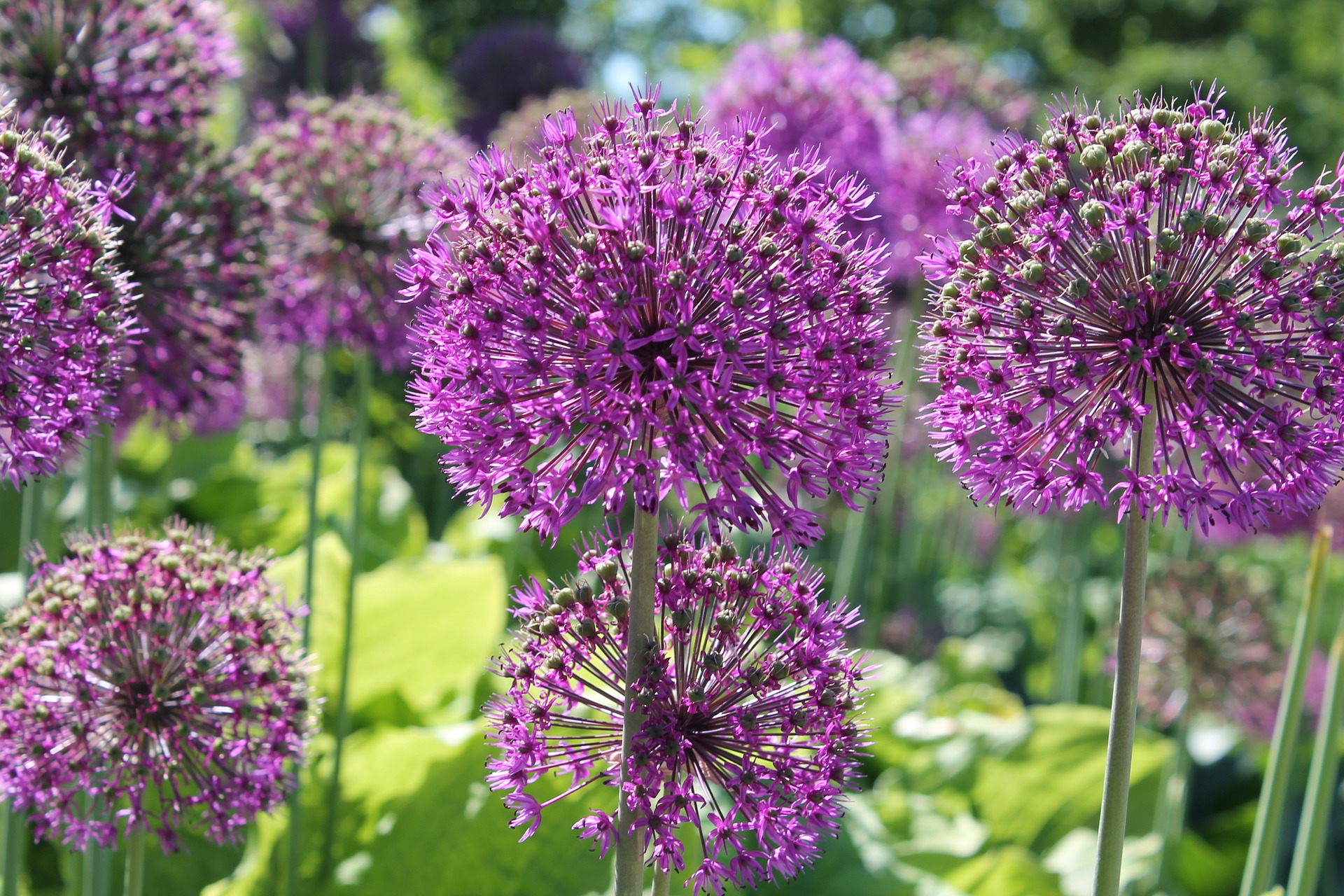
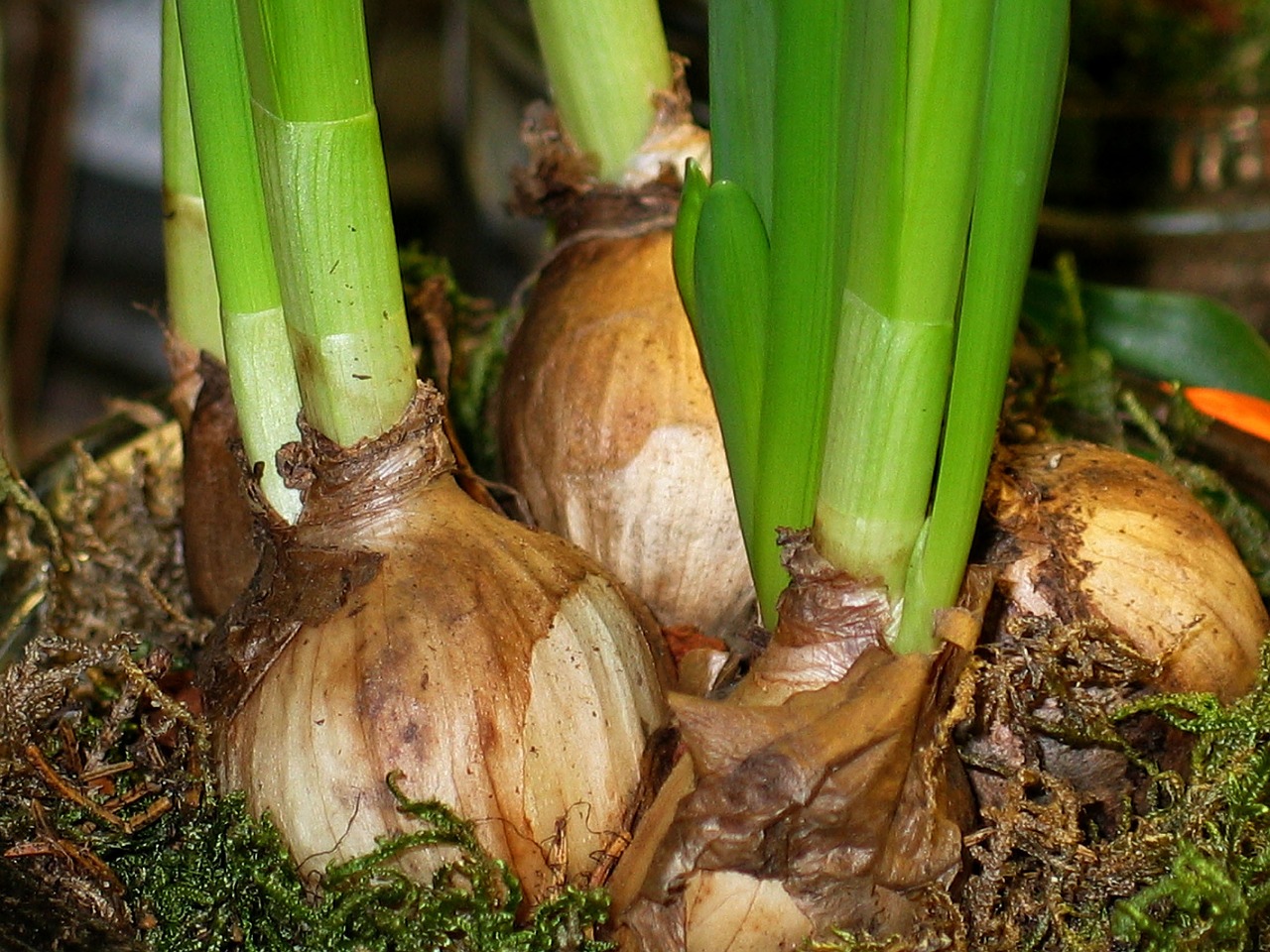



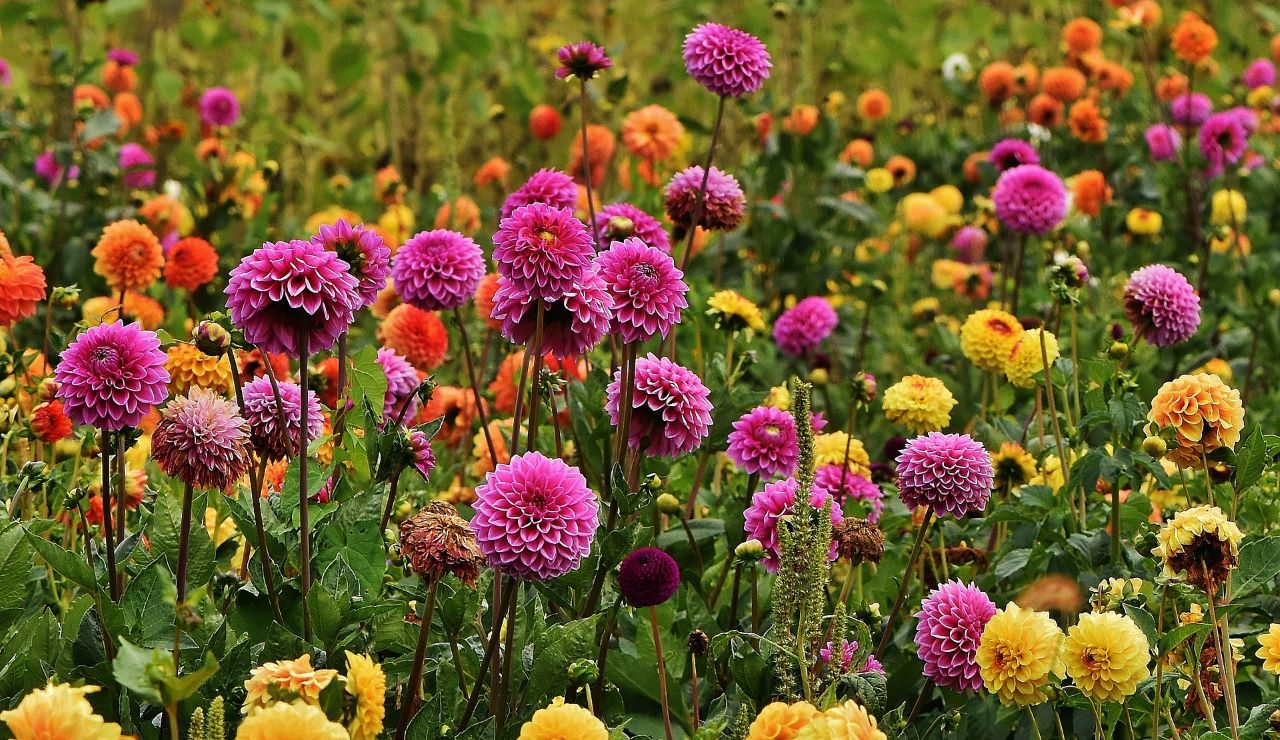
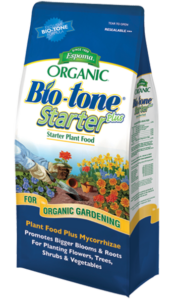

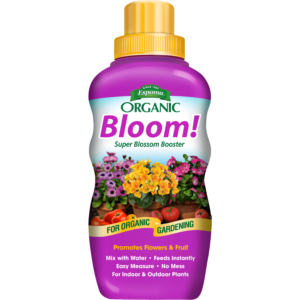

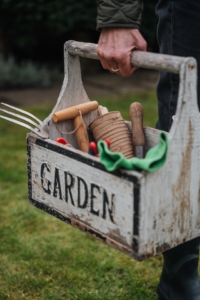
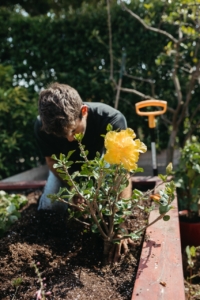
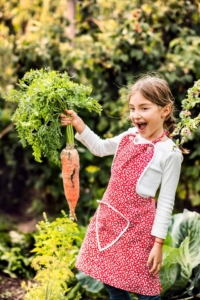



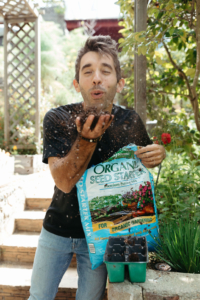
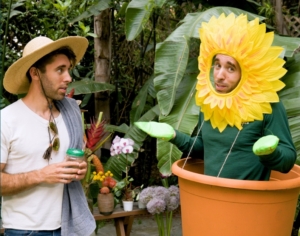 Kids Course
Kids Course 